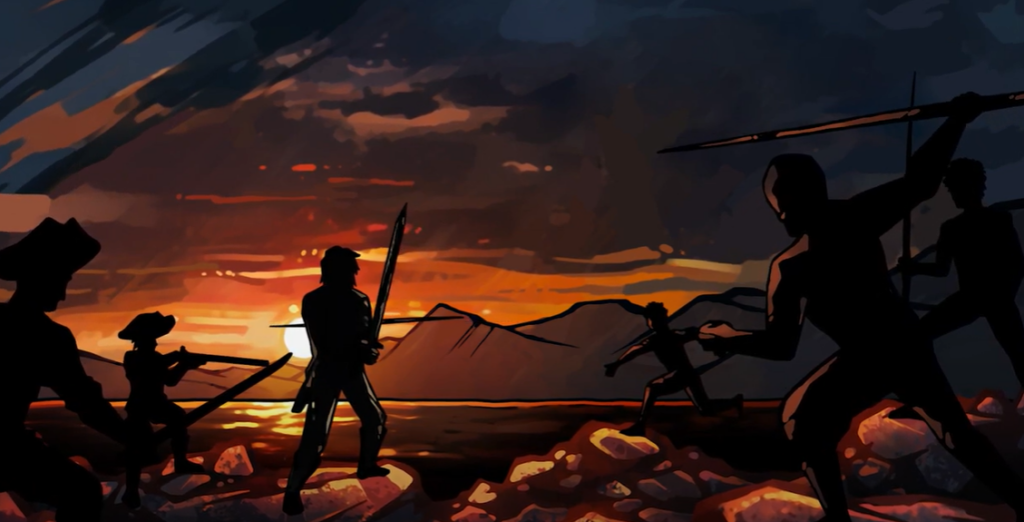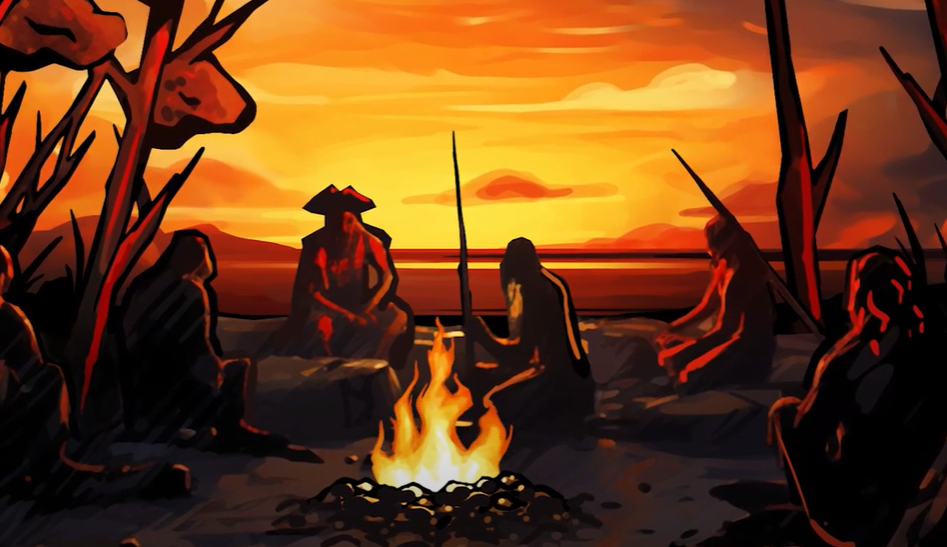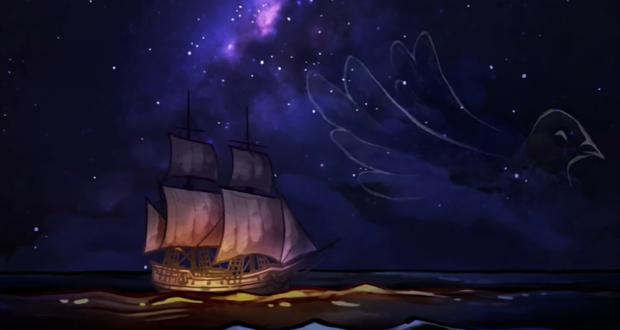The Australian National Maritime Museum has developed a learning program that teaches the events of the first known interaction between Indigenous Australians and Europeans aboard the Duyfken ship.
The Dutch East India Company, the biggest and only global company in the world at the time, landed in 1606 at what came to be called Cape Keerweer, on the Arafura Sea in north Queensland. Here they made contact with the Wik people of northern Australia.
Museum educators, some of whom are former teachers, developed a range of learning resources and online excursions that align to year four history content in the Australian curriculum, and the First Contacts unit in the NSW history syllabus.
Students can access audio and video interactive resources that aim to show a balanced version of the event, along with accounts from fictional characters created to illustrate the experiences of the Dutch and Wik people.
Schools who visit the museum can view props and artefacts from the time, before walking though life-sized rebuilds of the Duyfken and HMB Endeavour ships.
The museum said even though many Australians don't know about this first contact, understanding the complexity of this event is important context for Captain Cook's later landing in 1770.
Manager for Indigenous Programs at the museum Matt Poll said this program is an important 'counter-narrative' to how the dominant HMB Endeavour landing is portrayed.
"There wasn't this blanket colonisation that happened from Sydney," he explained.
There were seven separate European explorer groups who arrived between 1606 and 1770, including the Portuguese, Dutch and the Spanish.
"The Wik people and Indigenous people of Northern Australia did have knowledge of the outside world, which is an important message," Mr Poll said.
"They weren't cut off from the rest of the world before Cook arrived, [who supposedly] brought enlightenment."

Mr Poll said the Indigenous people developed a sense of awareness that outsiders were coming, and communities banded together to protect their land.
"These people were trading with people from Papua New Guinea for thousands of years," he said.
"There was the Timorese, Indonesians and PNG people who all had trade routes and networks of exchange and kinship through the Torres Strait into the Cape York Peninsula, and down into western Cape York.
"For hundreds of years, in places like Wik country, and places all along the Northern Australian coastline, people have had these experiences and they spoke about them to other communities."
Mr Poll said the museum reached out to the Wik people to formulate the program, as they have been passing down the event through performance and storytelling for generations.
Accounts from Dutch explorers who travelled to Australia a few years later, were also used to work out what happened at that original meeting.
Initially, the two parties were friendly and exchanged goods, but the Wik people soon attacked after the Dutch kidnapped some of their women and children, causing the Dutch to flee.

Chief executive of the museum Daryl Karp expressed the importance of "inquiry-based learning", where students are given the whole context of the time.
"It was hundreds of years before the Cook narrative, and was a story that allowed us to delve into the nuance of the time," Ms Karp said.
"We like a multi-perspective approach. In this story its 'from the ship' and 'from the shore'.
"We take people on a journey of discovery, providing key narratives but allowing them to explore on their own terms."
The education program marks 25 years since a group of volunteers built a Duyfken replica in Western Australia, which then sailed around the country to find its permanent home in Sydney harbour.
Recently, teachers have come under fire for discussing Australia Day with their students, such as this preschool that recently caused uproar after distributing a calendar that marked January 26 as 'Invasion Day'.
Head of Education at the museum Matthew Sloane said the program's ultimate message is one of reconciliation, supporting the Aboriginal and Torres Strait Islander cultures cross-curriculum priority.
The museum said they are gradually overhauling their education programs to suit a changing world where Indigenous experiences are being reevaluated.
Mr Sloane said when the Duyfken sailed to Sydney in the year 2000, it stopped at Cape York where the Wik people welcomed the crew onto their land.
"It's important to remember these stories and keep telling them, but the key message from the Wik people [in 2000] was a message of reconciliation and wanting to move forward as a country," he said.
Teachers and schools will be able to access the resources from early February.
Do you have an idea for a story?Email [email protected]
 Education Review The latest in education news
Education Review The latest in education news
